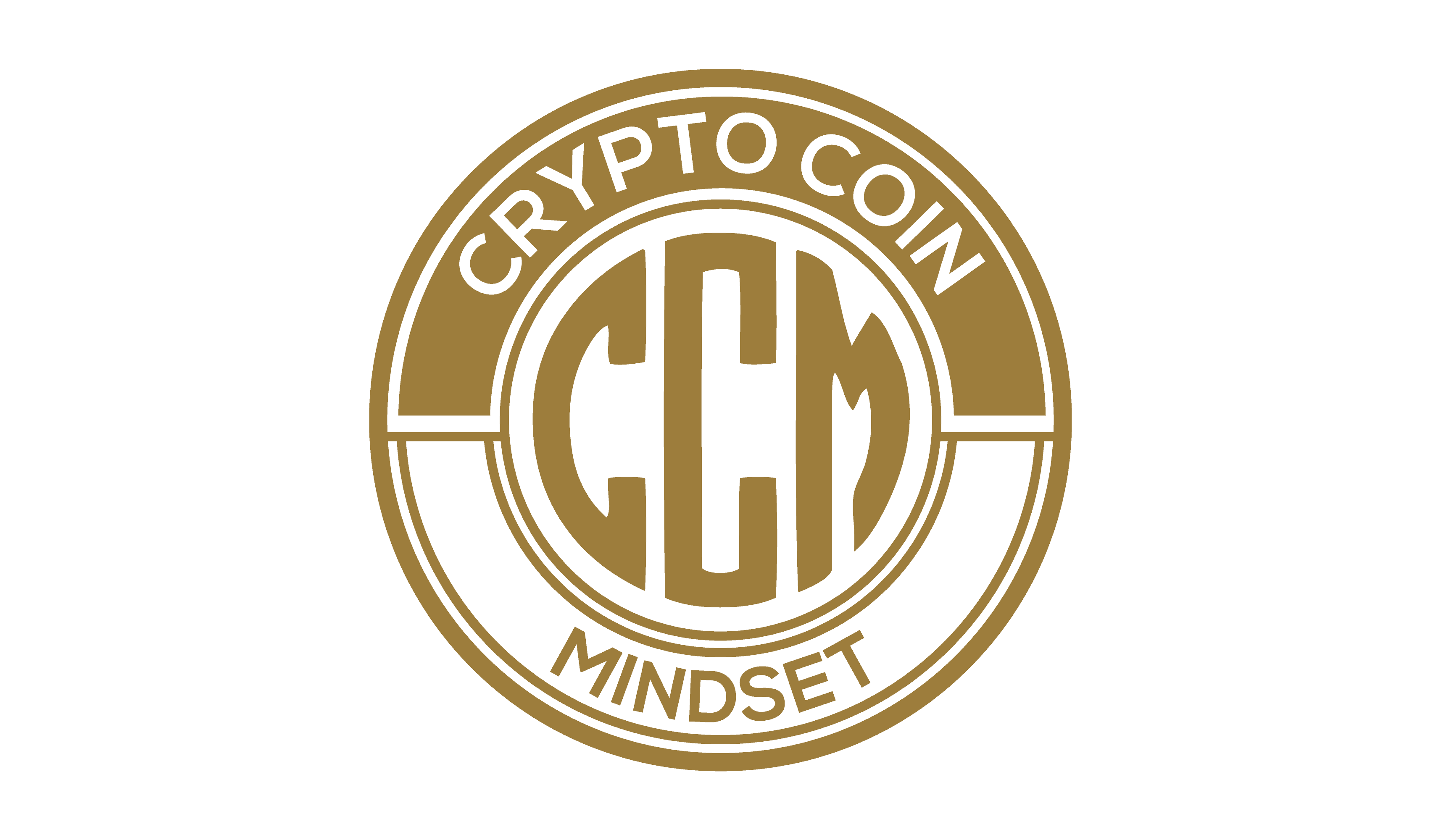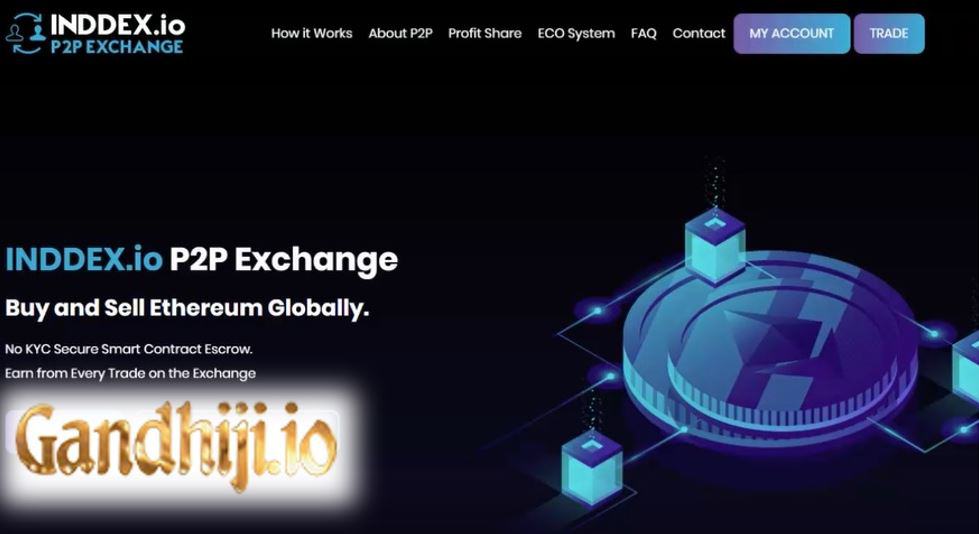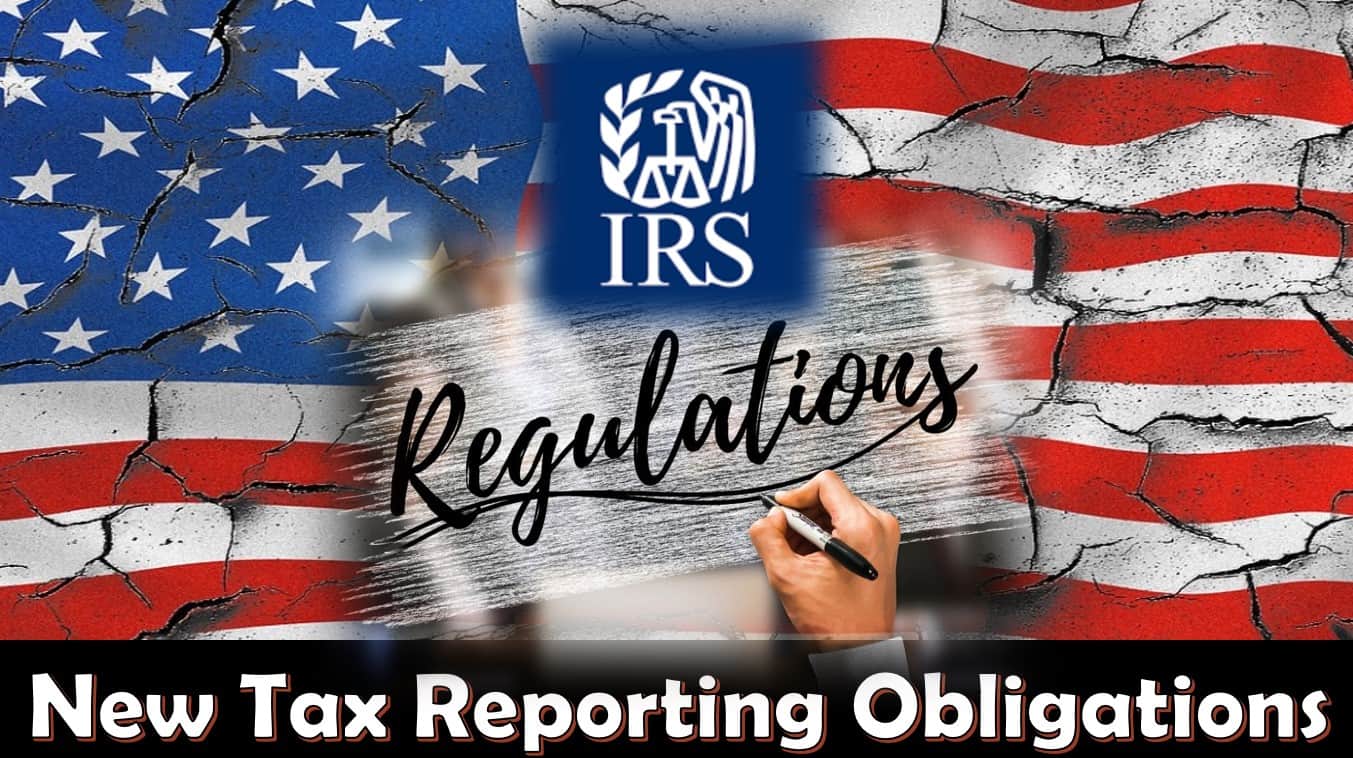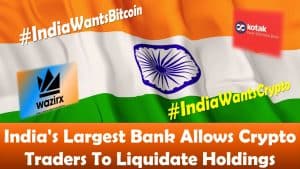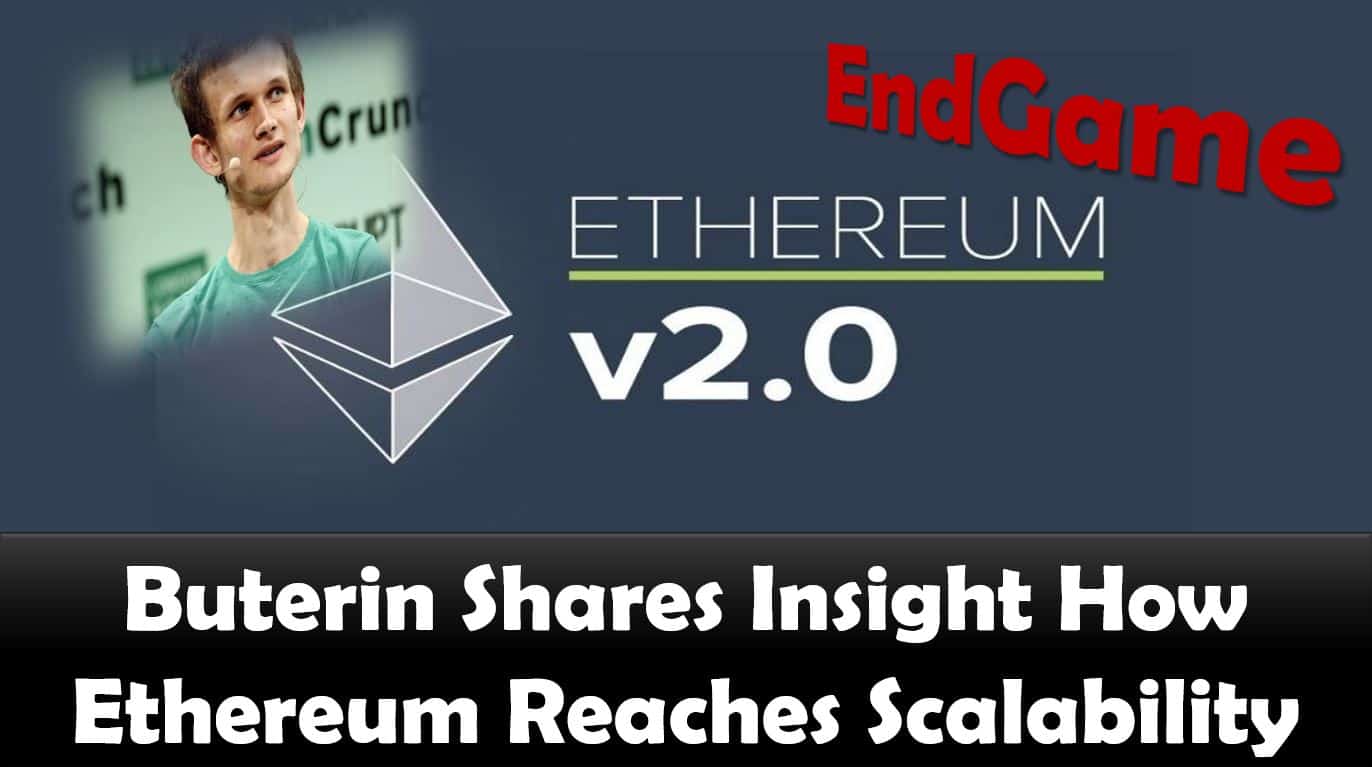
Buterin Shares Insight How Ethereum Reaches Scalability
Last updated on October 31st, 2022 at 11:55 pm
The co-founder of Ethereum, Vitalik Buterin, has shared his vision with everyone for Ethereum 2.0. The journey towards ETH 2.0 has been long since it started in November 2020 and the network is yet to achieve scalability.
Buterin has now presented his vision on how the largest decentralized finance (DeFi) network will achieve scalability and how it will achieve high levels of trustlessness and resist censorship.
Ethereum’s Endgame
On December 6, Buterin created a post titled “Endgame.”
During this post, Buterin submitted his ideas on how a large blockchain can still achieve features such as trustlessness and censorship resistance.
In the post, Buterin gave an experimental thought on how a big blockchain with large block size, high block frequency and handling thousands of transactions per second can achieve sufficiency.
However, Buterin stated that to achieve such features and a high level of scalability, there needed to be a trade-off, which is the centralization of block production. Buterin did not give any solutions on how scalability could be achieved, but he only provided a roadmap to realize the implementation of Ethereum 2.0.
Buterin also provided several solutions that could bring scalability to a large blockchain network. One of the suggestions he gave was to have a “second tier of staking, with low resource requirements.”
This feature will conduct distributed block validation on the Ethereum network. Moreover, it will also be used to “introduce either fraud-proof or ZK-SNARKS to let users directly (and cheaply) check block validity.”
Buterin also suggested having data availability sampling that will allow users to check block availability and “add secondary transactions channels to prevent censorship.”
Buterin stated that the network will have centralized block production with these changes, but block validation would still be decentralized and trustless. Moreover, there would be anti-censorship measures to halt censorship in block production.
Block Production Centralized Despite Rollups
Buterin also added that block production would still be centralized despite the launch of rollups on the Ethereum blockchains. Rollups are layer-two solutions on Ethereum that handle transactions outside the Ethereum mainnet.
Speaking on this, Buterin noted that,
“No single rollup succeeds at holding anywhere close to the majority of Ethereum activity. Instead, they all top out at a few hundred transactions per second.”
Moreover, decentralized blockchain will not hold for long despite the distributed block production system enabled by rollups. Decentralization will be hindered in the future because of cross-domain maximal extractable revenue, also known as MEV.
MEV is the Maximum Amount of Value that can be derived from a block production after taking gas fees and block rewards into account.
Buterin stressed that there was a high chance that block production would still be centralized in the end, despite the options the blockchain takes to achieve scalability.
However, he noted that rollups were beneficial to the network as they were open to all futures.
The Journey Thus Far
As we mentioned, the journey towards achieving scalability on the Ethereum network started in November 2020. The Ethereum network announced plans to switch from a proof-of-work consensus to a proof-of-stake consensus.
Ethereum has done several upgrades to realize ETH 2.0. Among these upgrades is the London hard fork upgrade to make Ethereum a deflationary token. The hard fork was implemented in August 2021.
The upgrade is also referred to as the EIP-1559 proposal that introduced token burning to the Ethereum network. More than one million ETH have been burned as of this writing.
Disclaimer
The information provided here is for INFORMATIONAL & EDUCATIONAL PURPOSES ONLY!
View our complete disclaimer on our Disclaimer Page
